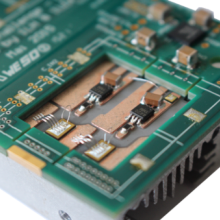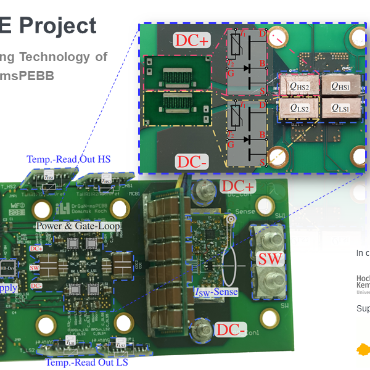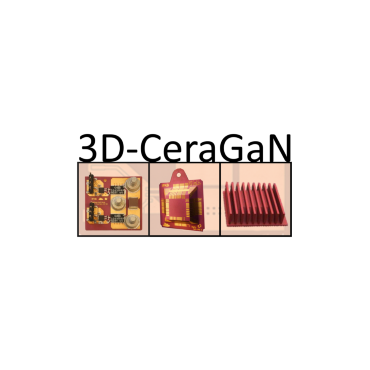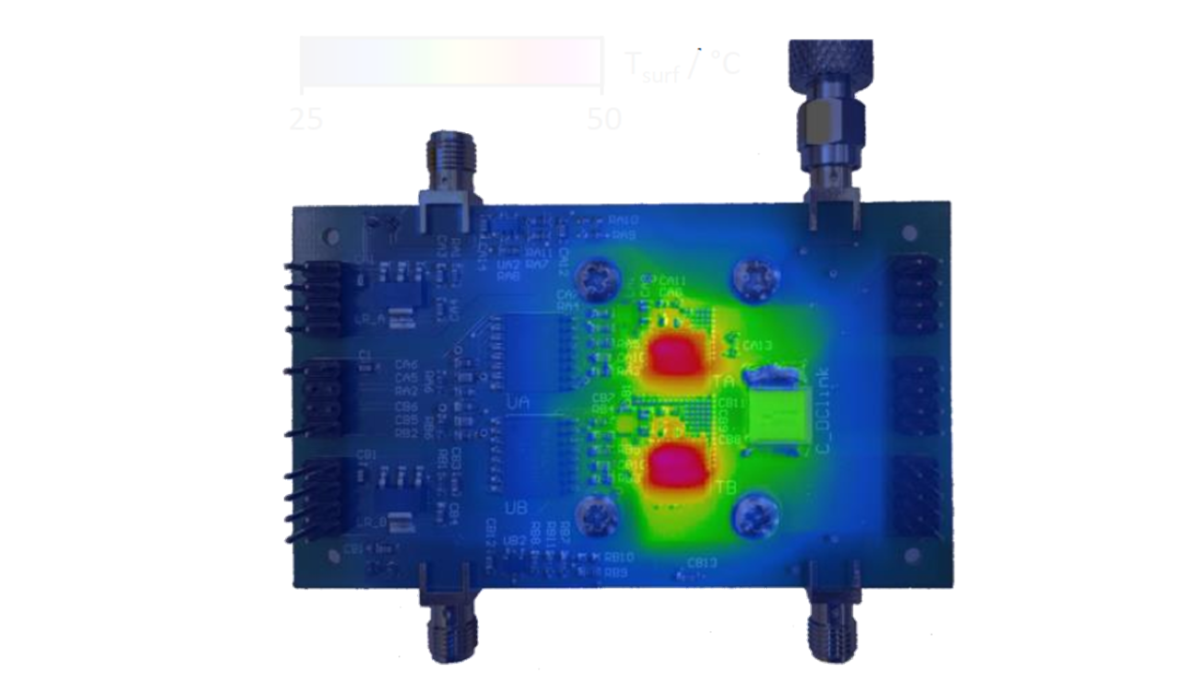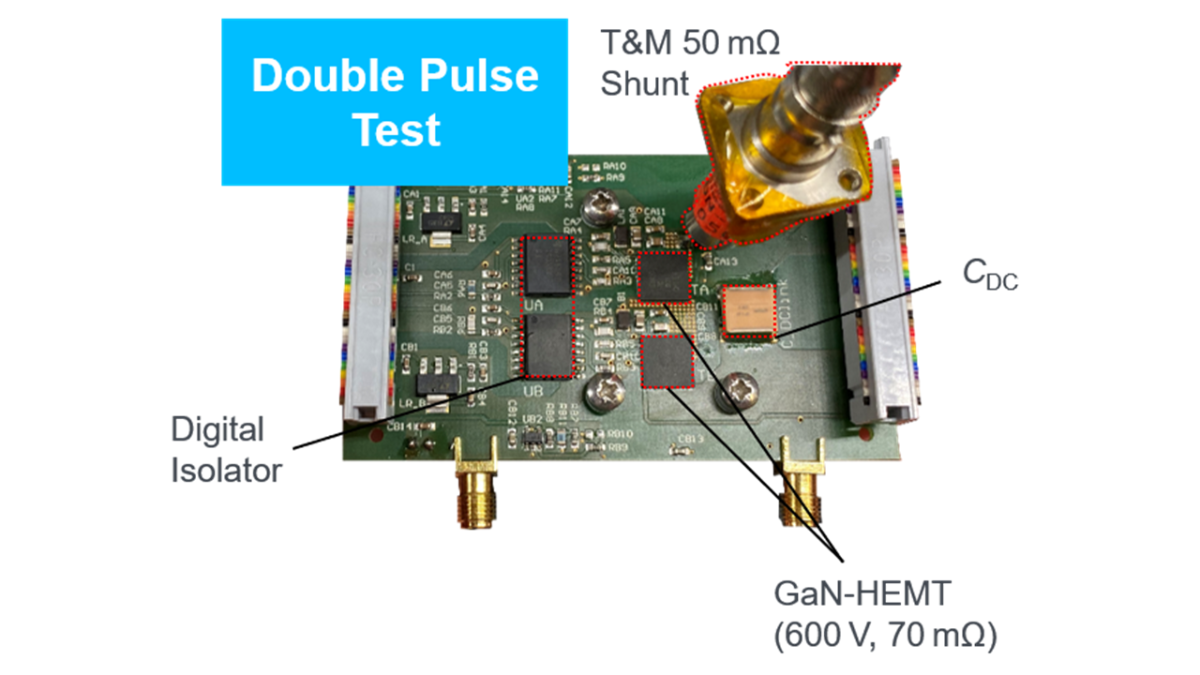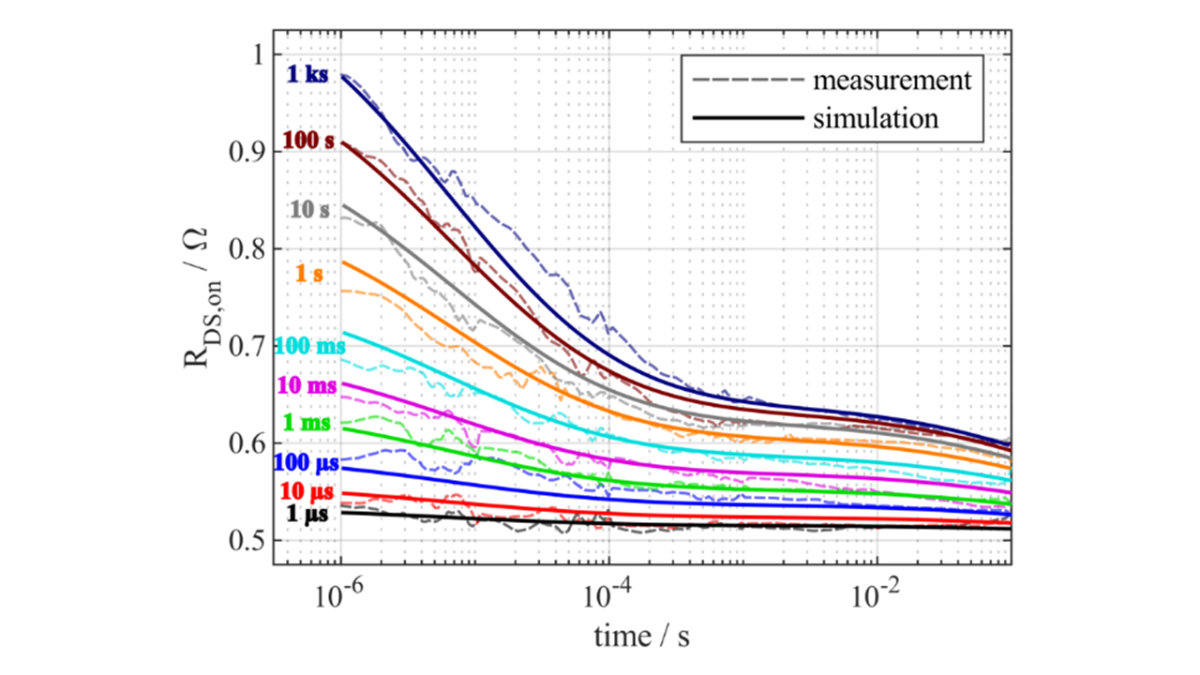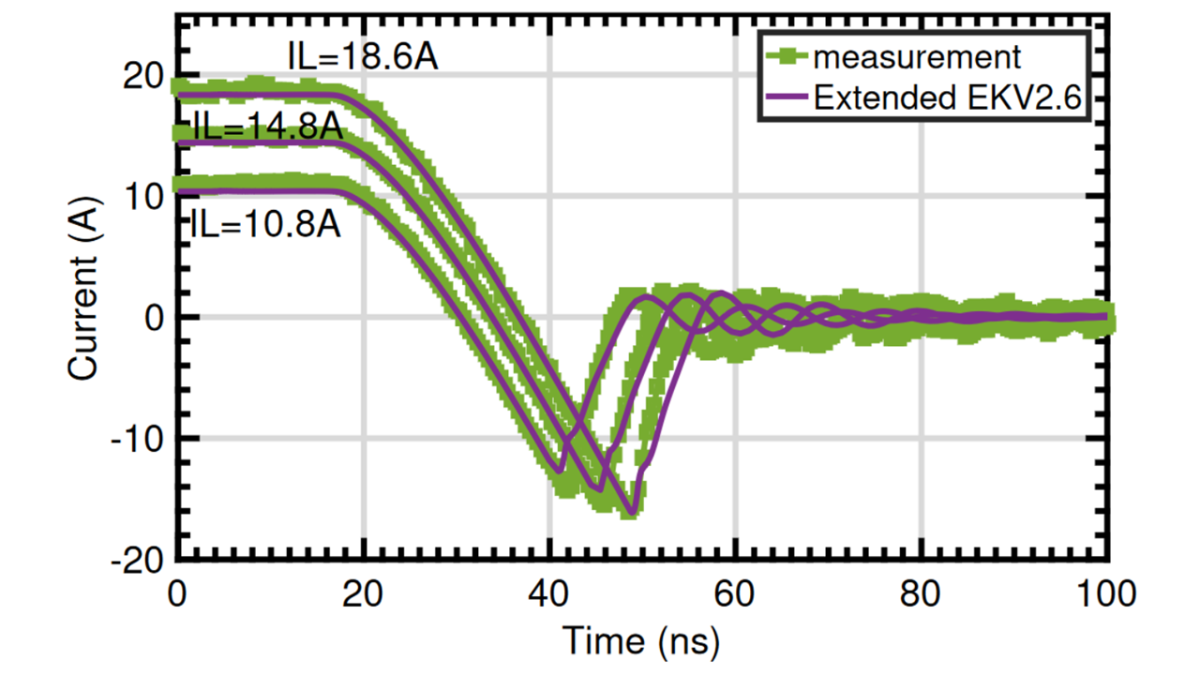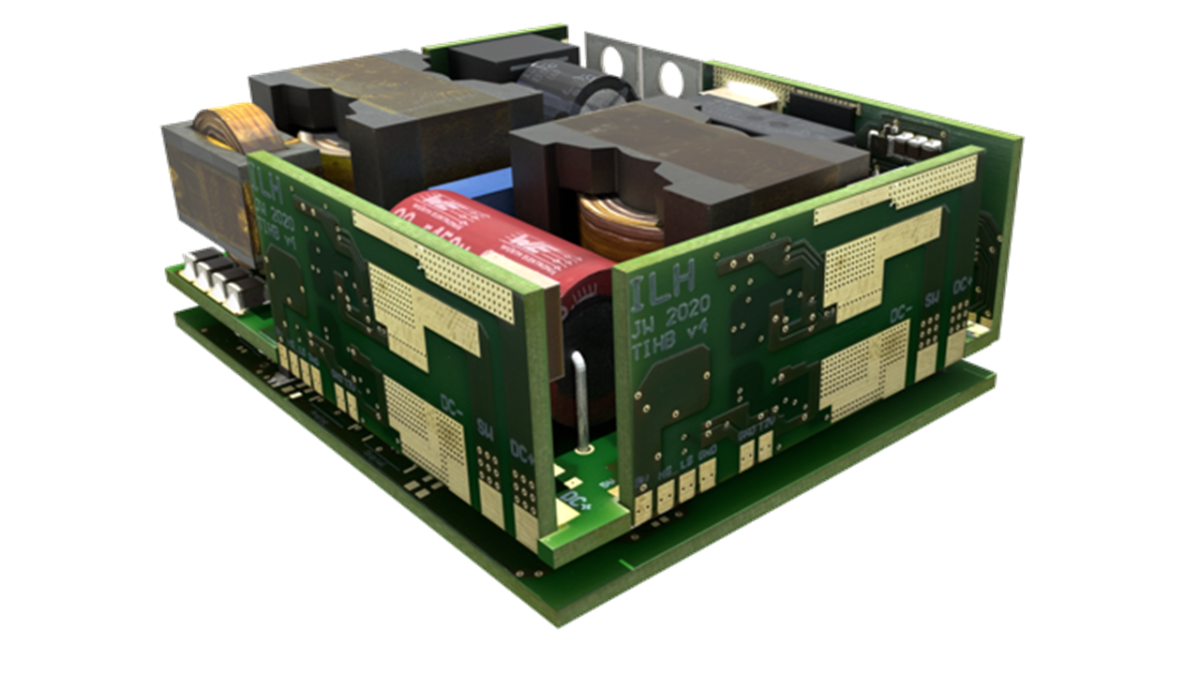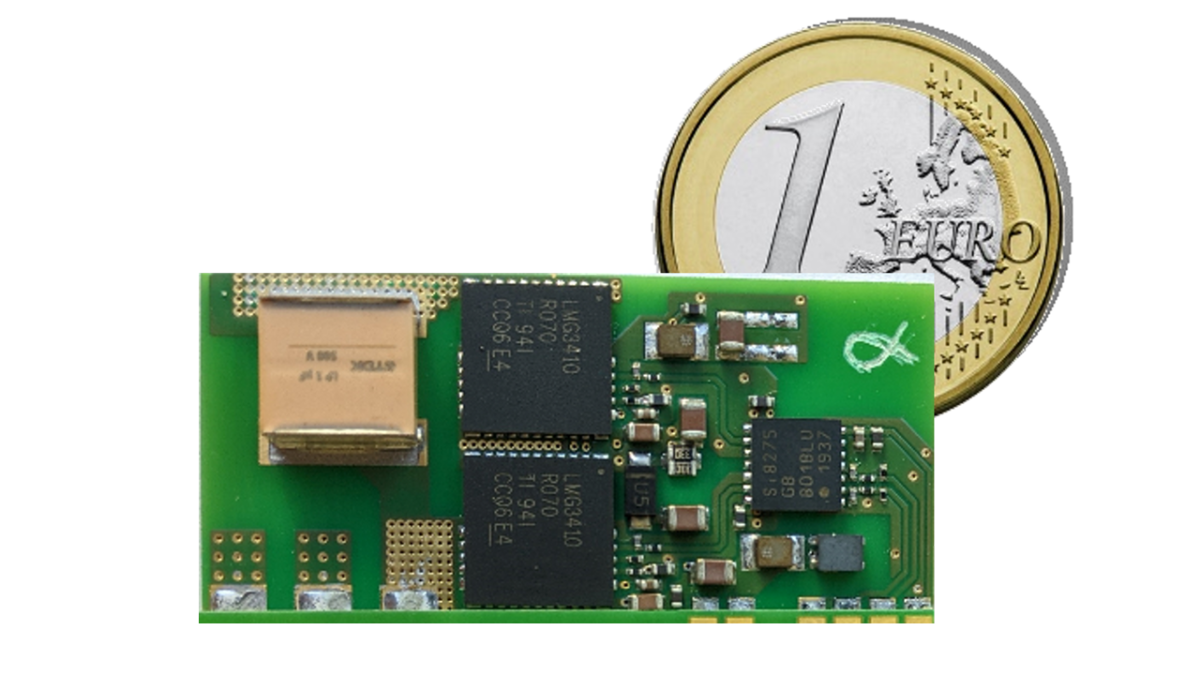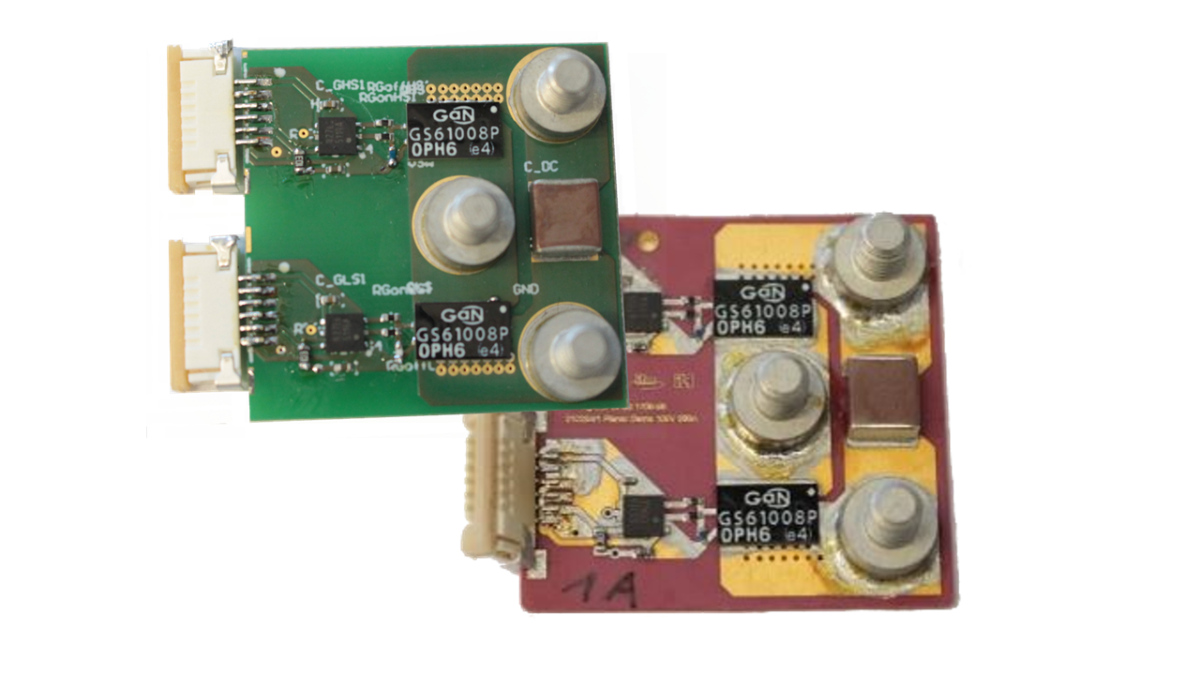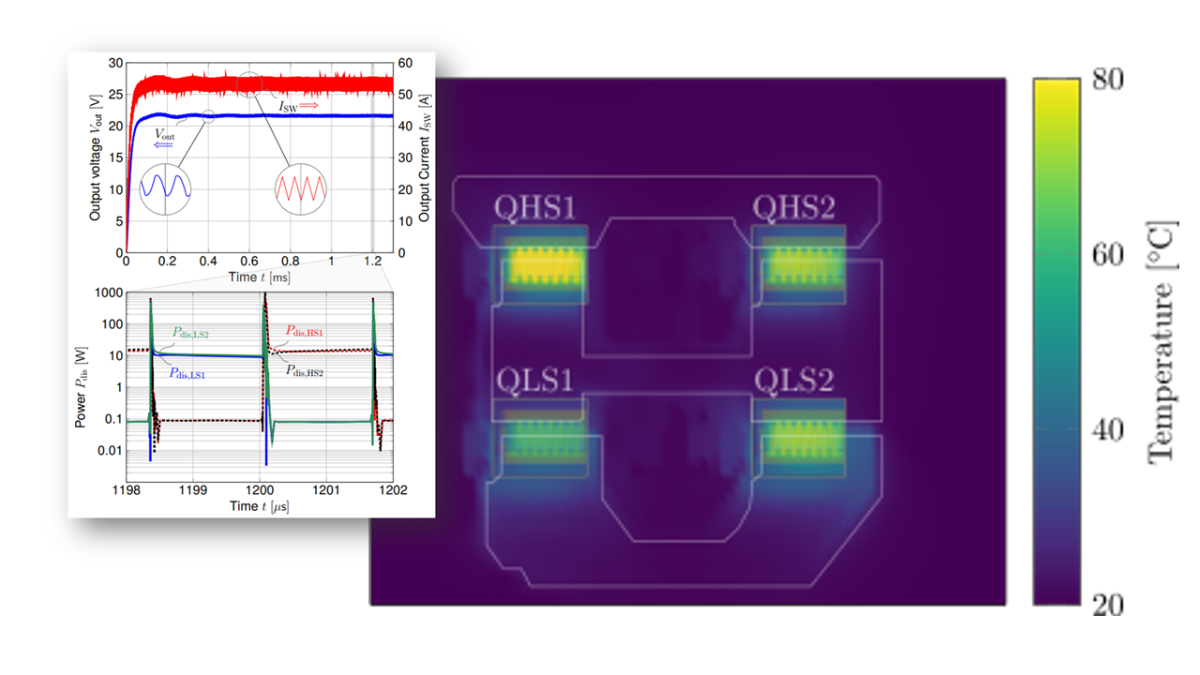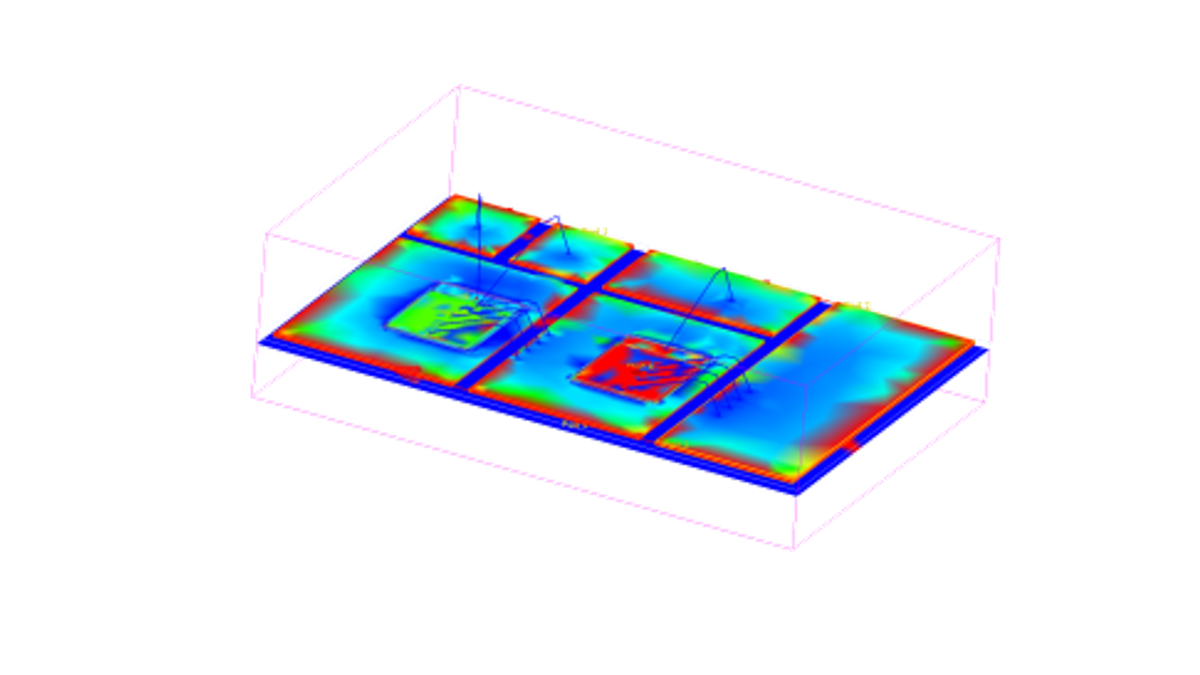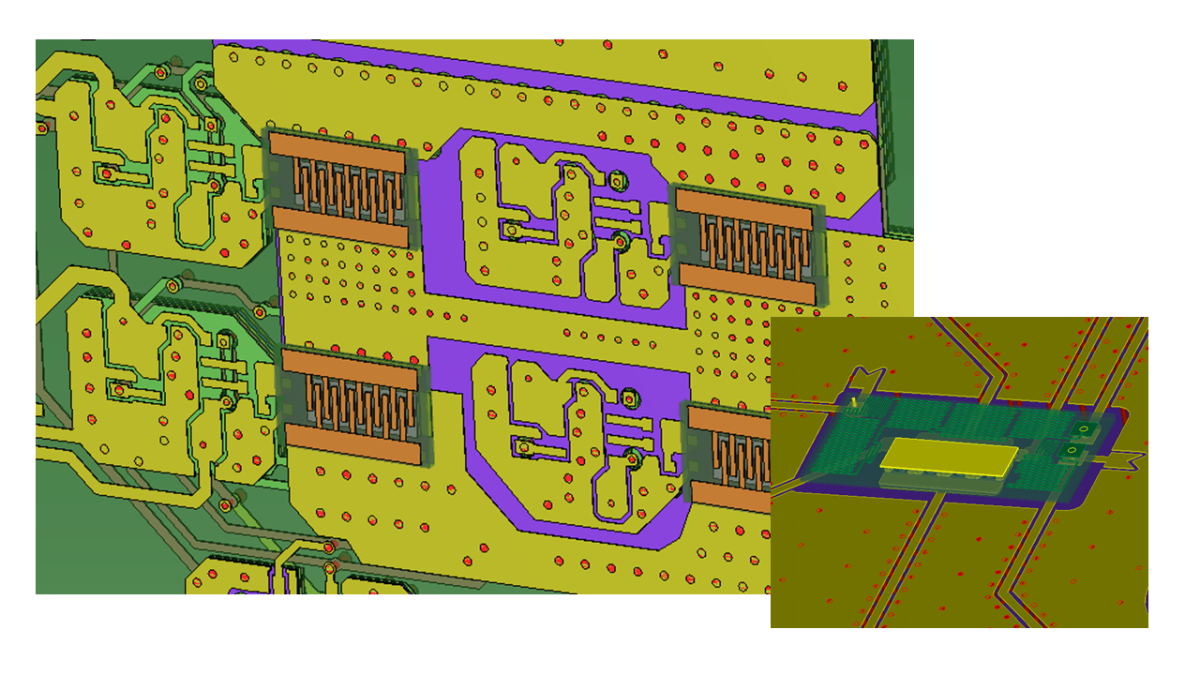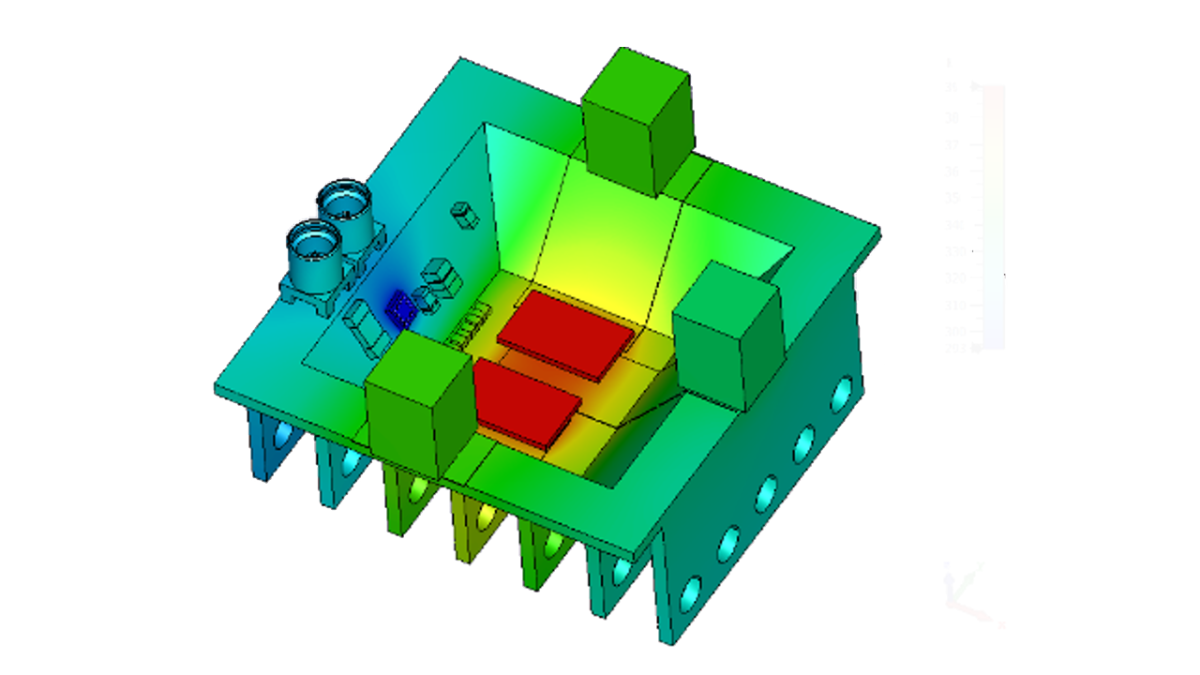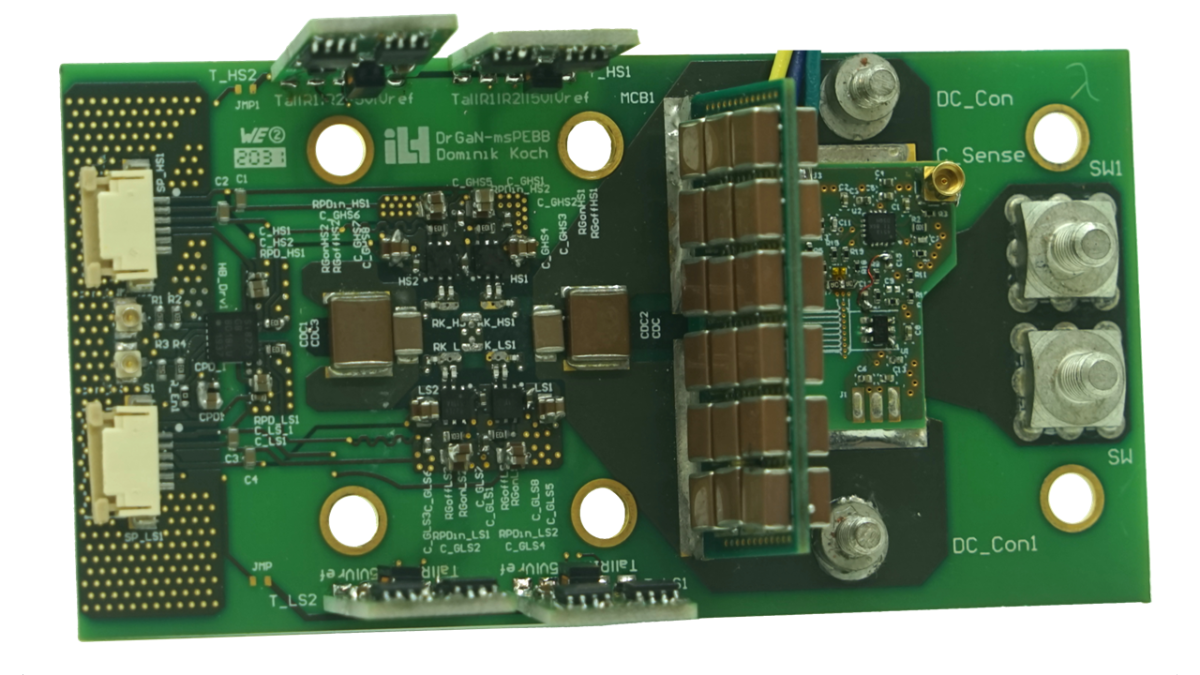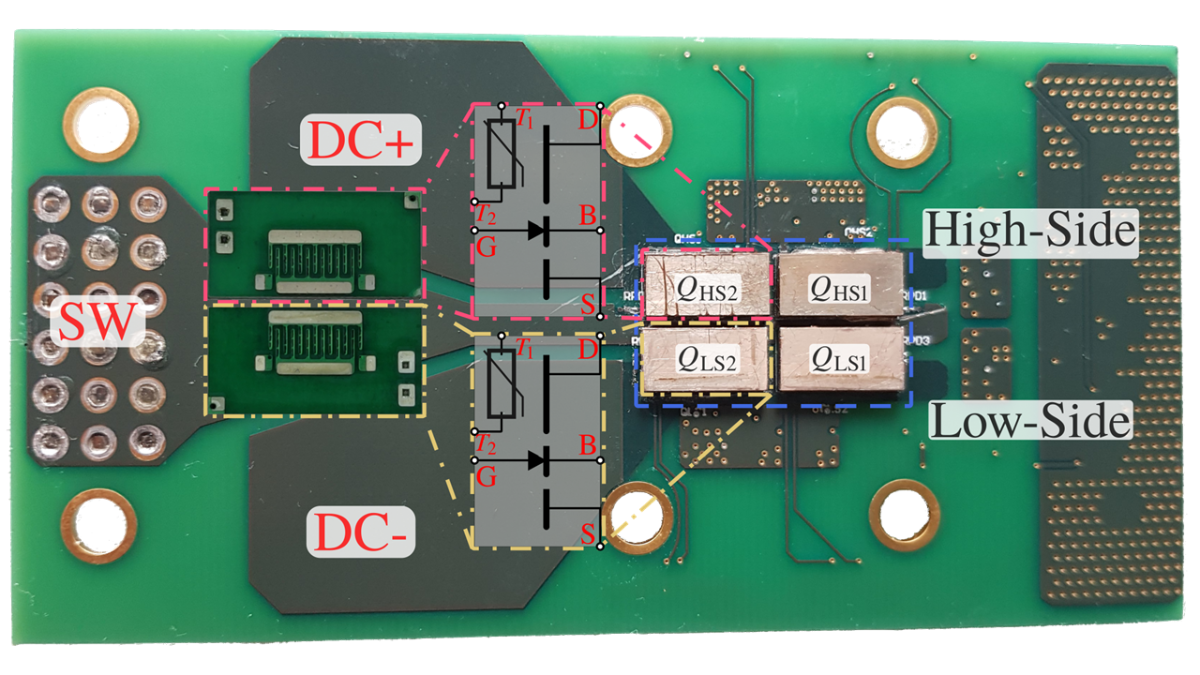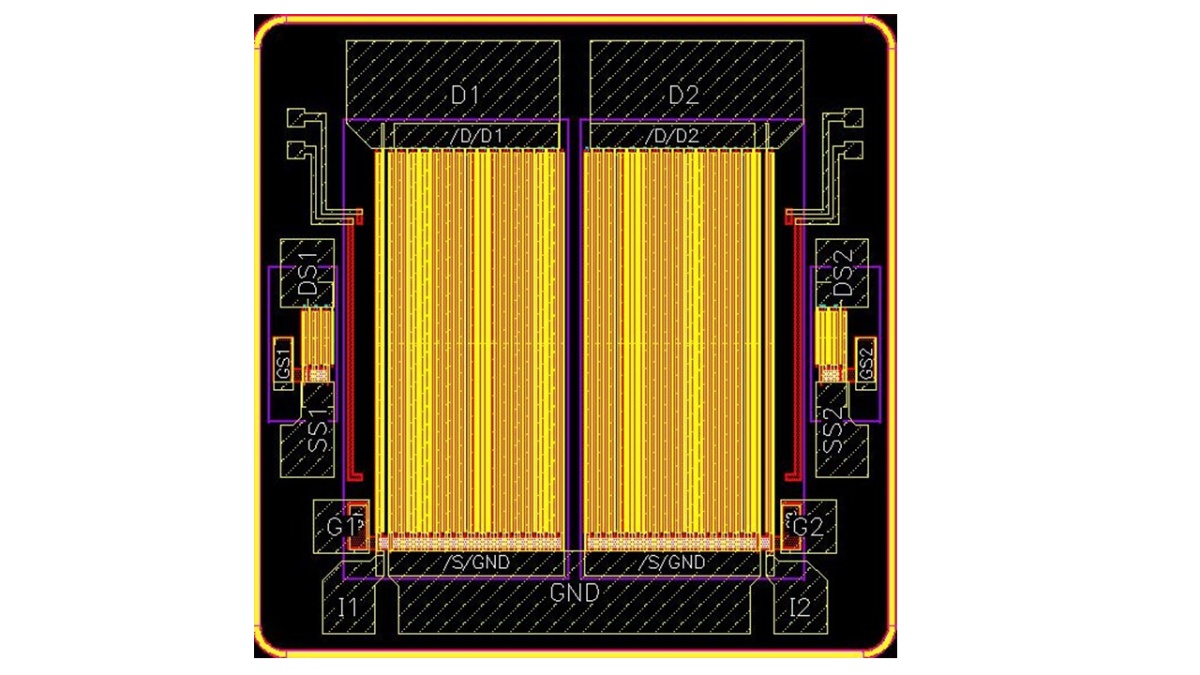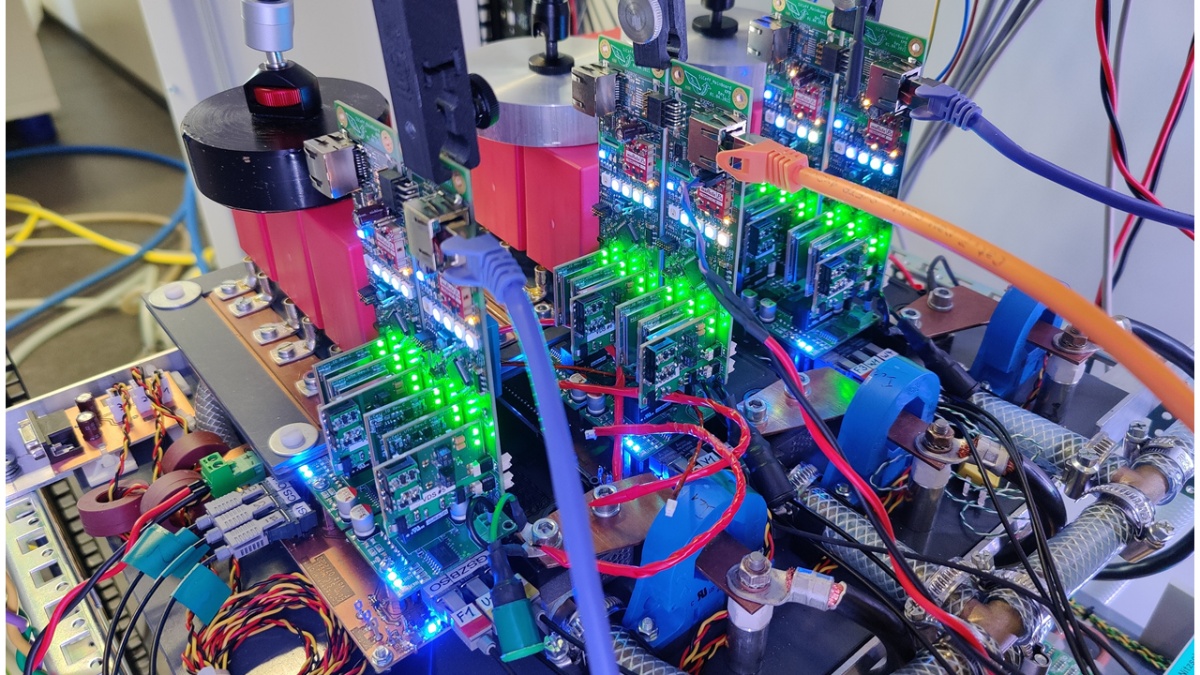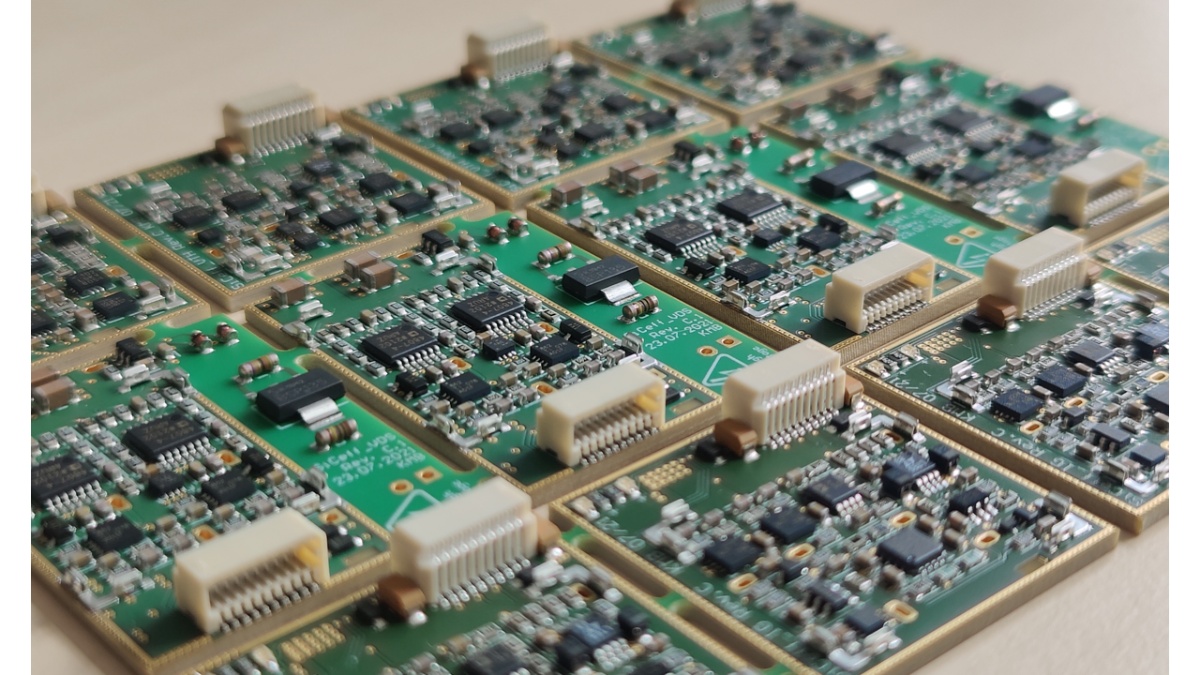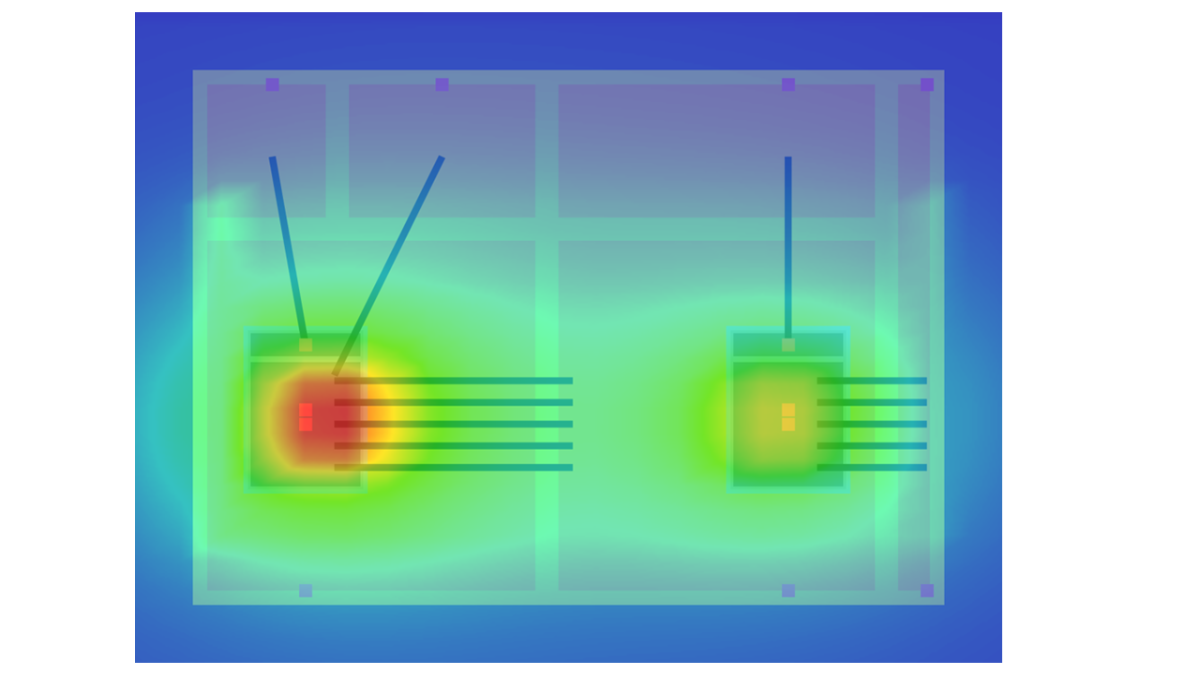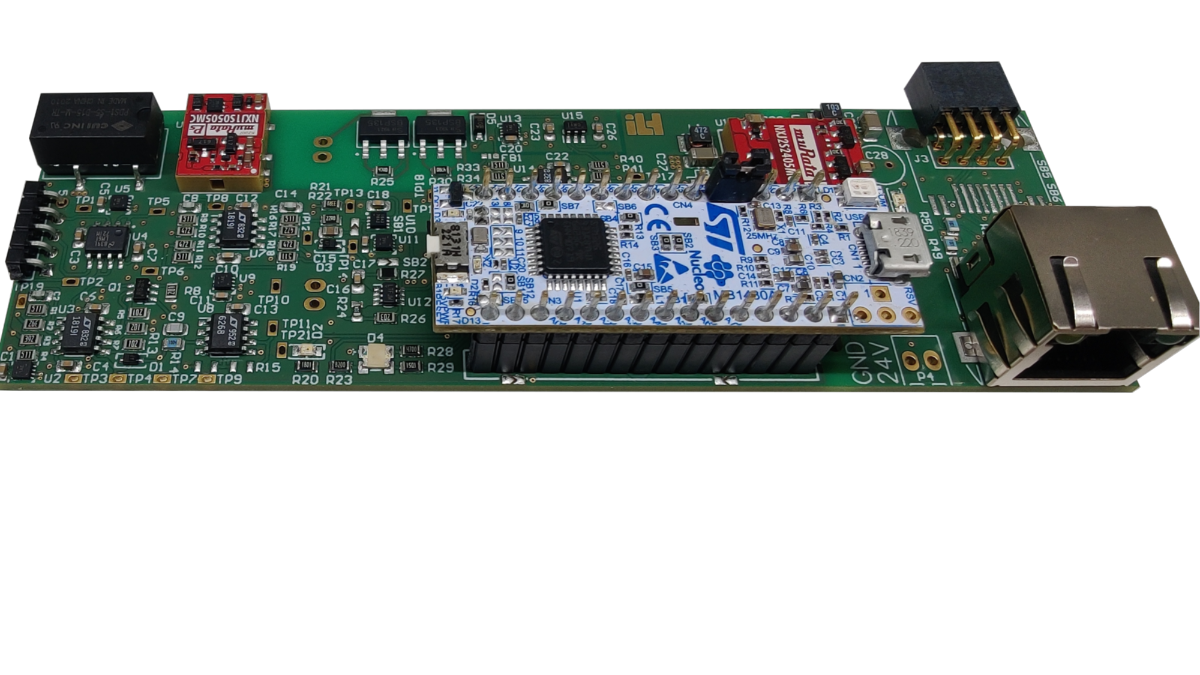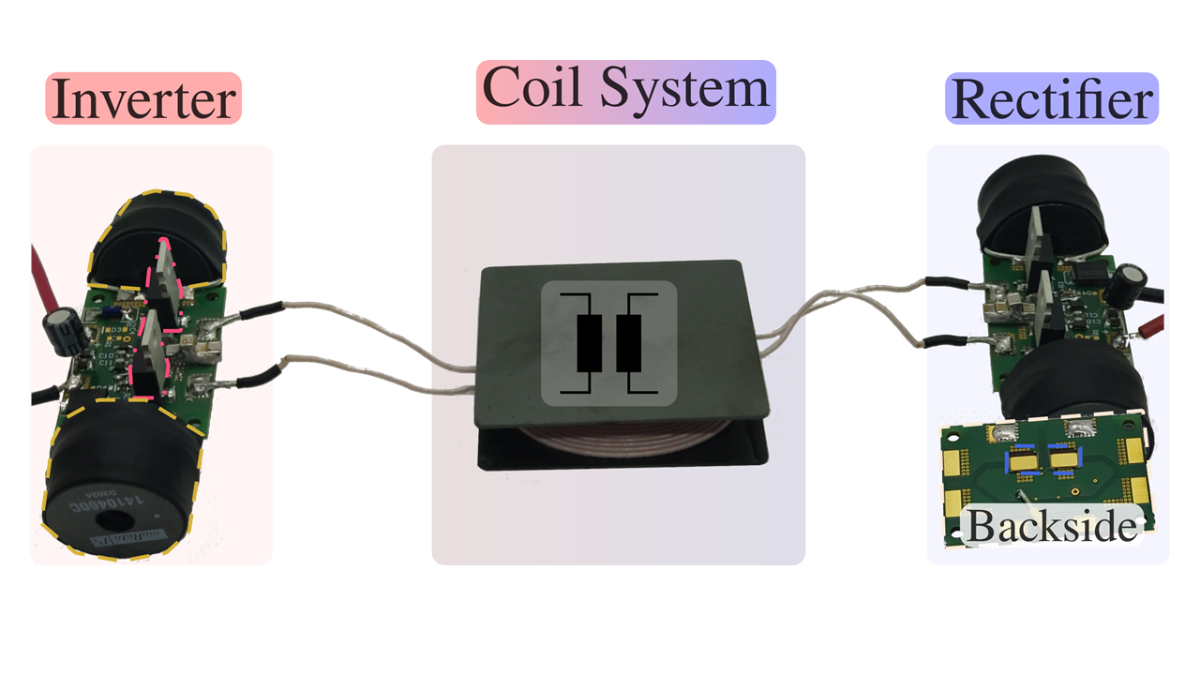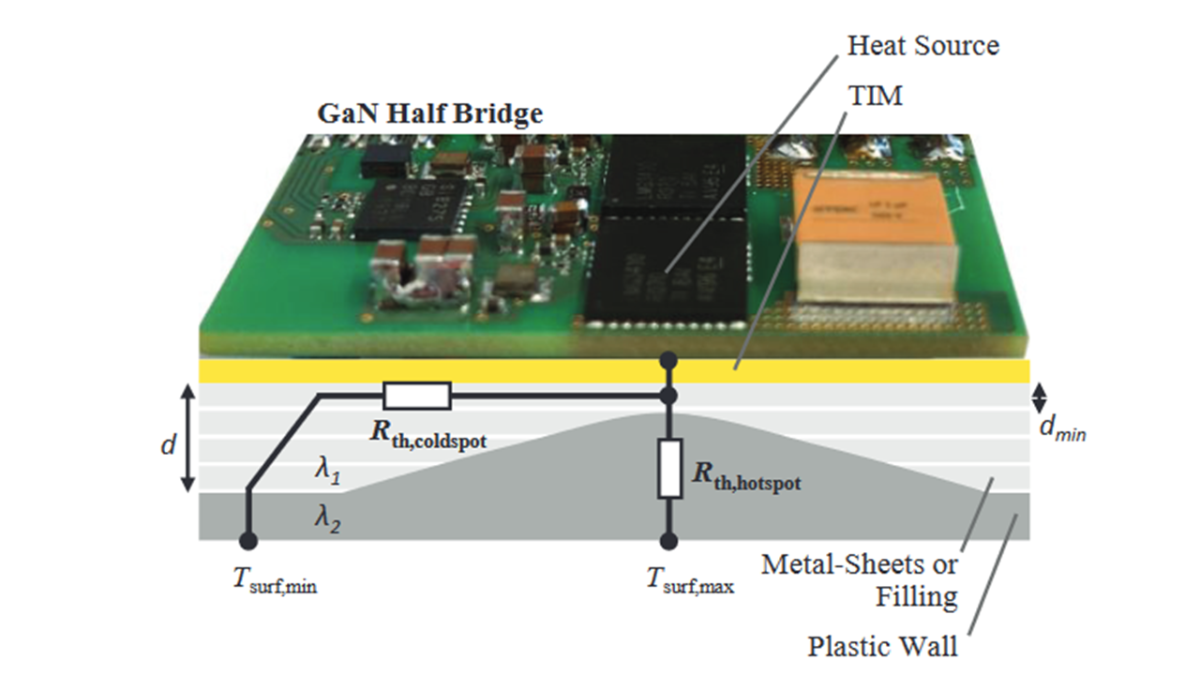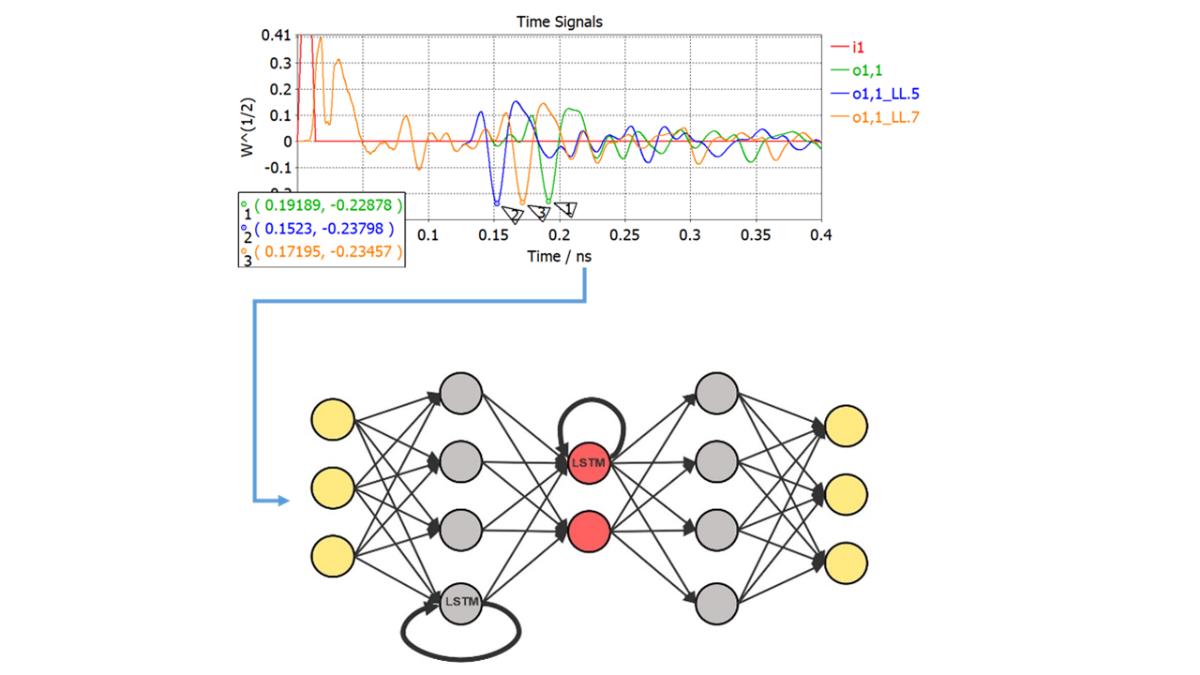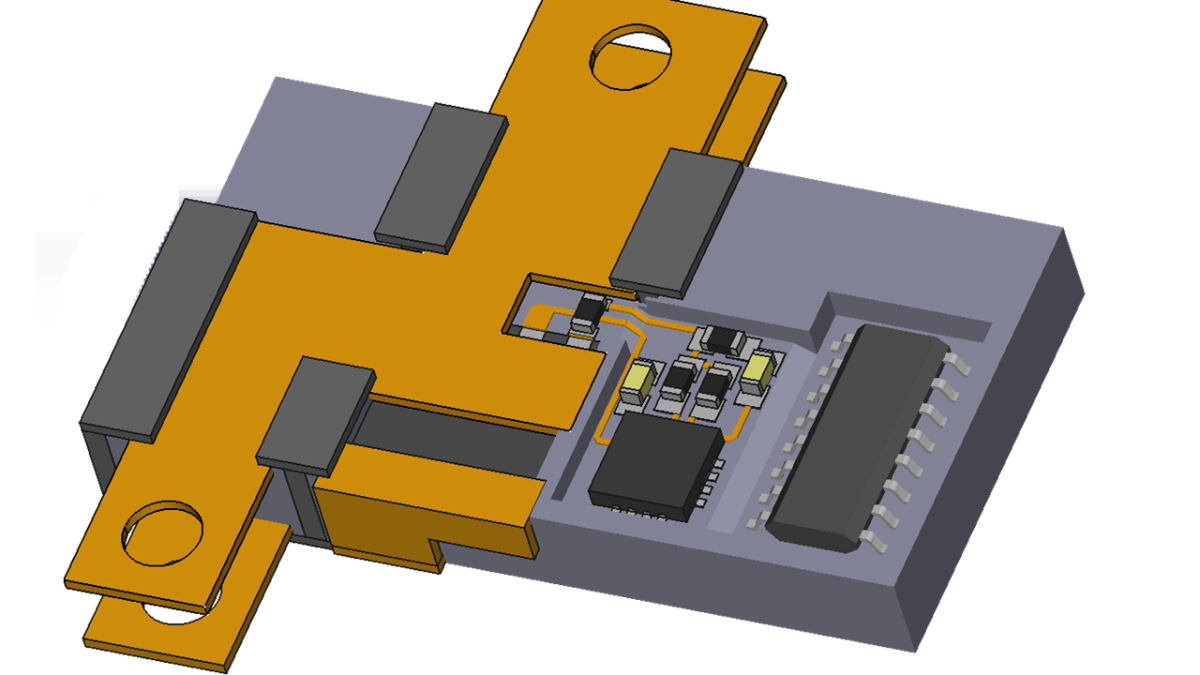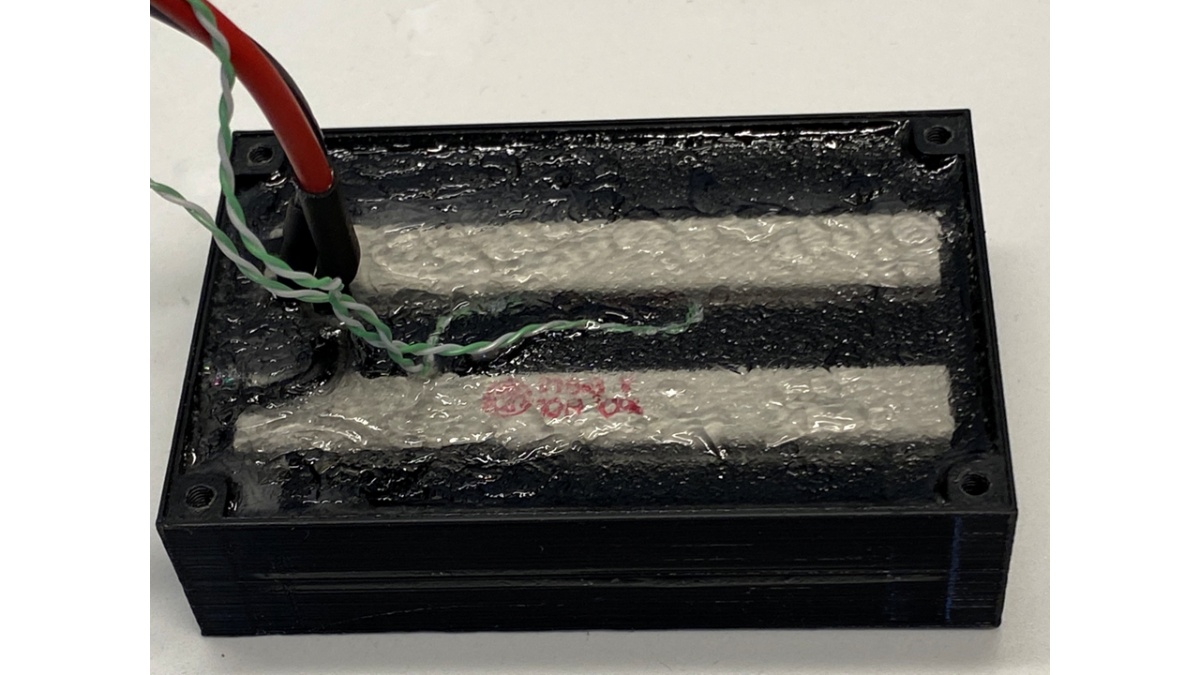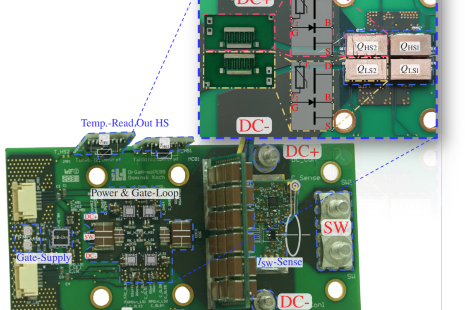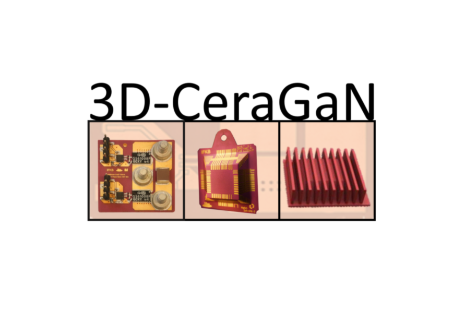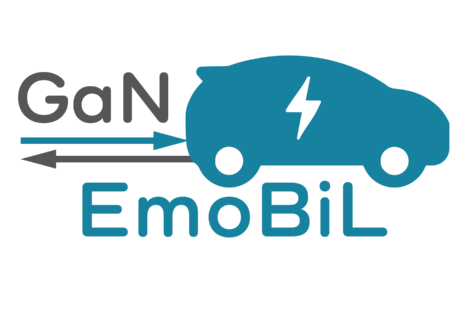Aktuelle Forschungsprojekte
[Photos: ICM Letscope, AUTOtech.agil, ECPE APPEAL, ECPE msPEBB Phase 2, KDT JU ARCHIMEDES, DFG 3D-CeraGaN, KMU innovativ SSMB, GaN4EmoBiL]
Research Topics
- Characterization and modeling
of power semiconductor devices - Power density optimization, packaging and assembly technology
of power semiconductor circuits and modules - Multi-domain simulation
based on SiC and GaN with integrated sensor technology - Intelligent power modules
based on SiC and GaN with integrated sensors - Accelerated life testing and reliability
of wide bandgap semiconductors - Other research topics
in the field of power electronics
Trend in Power Electronics
Power electronics enables applications such as electromobility or conversion of renewable energies. High electrical efficiency (low losses) combined with high power density (compact size) and low costs are particularly crucial. Another requirement for power electronic systems is high robustness in terms of EMC and lifetime. For these reasons, the trend is towards higher switching frequencies, more compact systems and efficiency optimization. This is made possible by the use of novel semiconductor materials with large bandgaps, e.g. silicon carbide (SiC) and gallium nitride (GaN). To drive this trend, research at ILH focuses on the areas explained in more detail below.
Characterization and modeling
Characterization is the first step in being able to properly design a power electronic circuit. A good understanding of semiconductor devices enables them to be used in applications in the best possible way. ILH's work in the field of characterization focuses on power devices based on novel wide bandgap semiconductor materials such as GaN and SiC.
Modeling is an important aspect to realistically predict the behavior of electronic systems by means of simulation. This enables an optimized circuit design even before the first prototype is built.
An accurate simulation requires a precise model that describes the transistor behavior under all working conditions. Despite the complexity of an accurate transistor model, convergence and computational efficiency must be ensured. ILH focuses its research activities on the development of physical models of SiC and GaN power devices.
GaN, SiC and Si Characterization
- IV, QV & CV characterization
- Various curve tracers up to 3 kV and 1500 A
- Double pulse tests for dynamic characterization
- Calorimetric switching loss measurement (minimally invasive)
- Characterization of trapping effects
- Thermal characterization
- Accuracy and fault analysis
Modeling
- Model extraction from simulations and measurements
- Model enhancements
- Model analysis
Power density optimization, integration and packaging
High power density and high switching frequencies place increased demands on packaging and interconnection technology. Suitable approaches, such as 3D assembly technology, can be used to specifically influence and reduce parasitic effects caused by housings, substrates and layouts. Heat spreading and heat dissipation are more important than ever due to condensed hot spots. An important goal here is to maximize power density.
WBG Converter Power Density Maximization
- Increasing power density for converter systems and its subcomponents
- Innovative cooling concepts
Integration
- 3-dimensional stacking of components
- 3D Converter Design
- Analysis of different circuit carriers (e.g. FR4, ceramics, IMS...)
Assembly technology
- SMD assembly line (stencil printer, pick-and-place machine, reflow oven)
- Modern bonder
Multi-domain simulation
Increasing the electrical efficiency of power electronic systems enables, for example, greater ranges in electromobility or higher yields in renewable energy conversion. Systems based on GaN and SiC can contribute to an increase in power density, which at the same time leads to smaller passive components, smaller assemblies and thus also to possible weight and cost advantages. Approaches to increase power density include hybrid and monolithic integration of gate driver and converter circuits, as well as active and passive devices.
To ensure the robustness of the systems, the electrical and thermal behavior of power modules is predicted and optimized in multi-domain simulations.
Component and system simulations
- Transient and frequency domain simulations
- S-parameter simulations and extraction of parasitic elements.
- Model adaptations for fast or very precise simulations including thermal coupling
Multi-domain coupling
- Thermal-transient simulations for temperature evaluation
- Thermal-electrical coupling in both directions
- Mechanical-thermal simulations
Optimization
- Generative design of housings and heat sinks
- Circuit design and optimization
Intelligent power modules
In order to further increase power and function density, so-called intelligent power modules are playing an increasingly important role. Either sensors (temperature or current) can be integrated monolithically on the same chip or in a common package (SiP). With the aid of these intelligent modules, direct sensor data can be read out, which can be used for State of Health (SoA) or other higher-level functions.
Power modules
- GaN & SiC power electronic systems
- System-in-Package (SiP) design
- Integrated temperature and current measurement
- On-board evaluation circuits
- Increase in power and functional density
Monolithic integrated power circuits
- Chip Layout Design and Simulation
Measurements and analysis
- Sensor evaluation
- Application tests
Accelerated life testing and reliability
Accelerated life tests
- Active lifetime tests with constant currents
- Application-oriented service life tests with alternating current
Condition monitoring
- Analsye temperature sensitive electrical parameter for power cycling.
- Analsye degradation sensitive electrical parameter
Reliability
- Lifetime modeling
- State-of-health (SoA) monitoring and design.
Further research topics
ILH also conducts research on numerous innovative topics in the field of power electronics.
Finished projects
GaNIAL ICM AddPower SiCeffizient WiPANO MessLeha DFG CHAMPAGNE PENTA FA4.0 MTT-Sat Challenge
Ingmar Kallfass
Prof. Dr.-Ing.Institute Director


